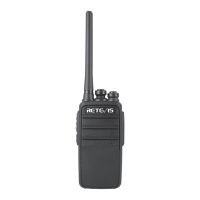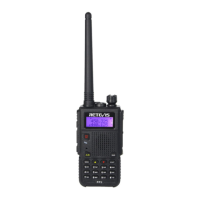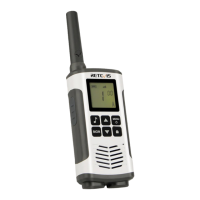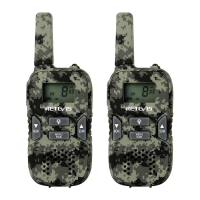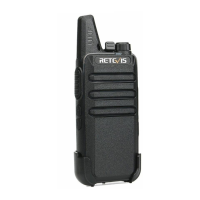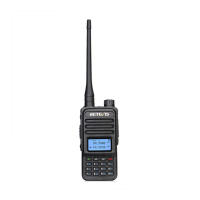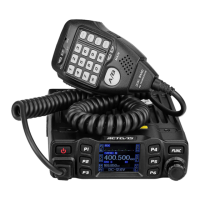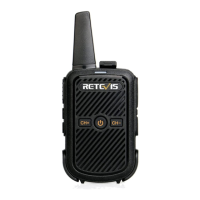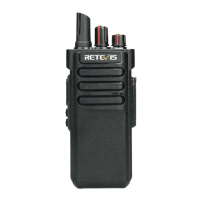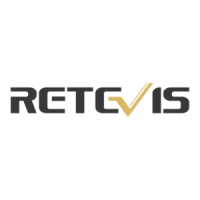What to do if single/group call doesn't work on Retevis RT53?
- DDavid GarciaAug 3, 2025
If single call or group call does not work in the digital channel on your Retevis Two-Way Radio, ensure the frequency, channel, color code, and time slot are the same for all members.
